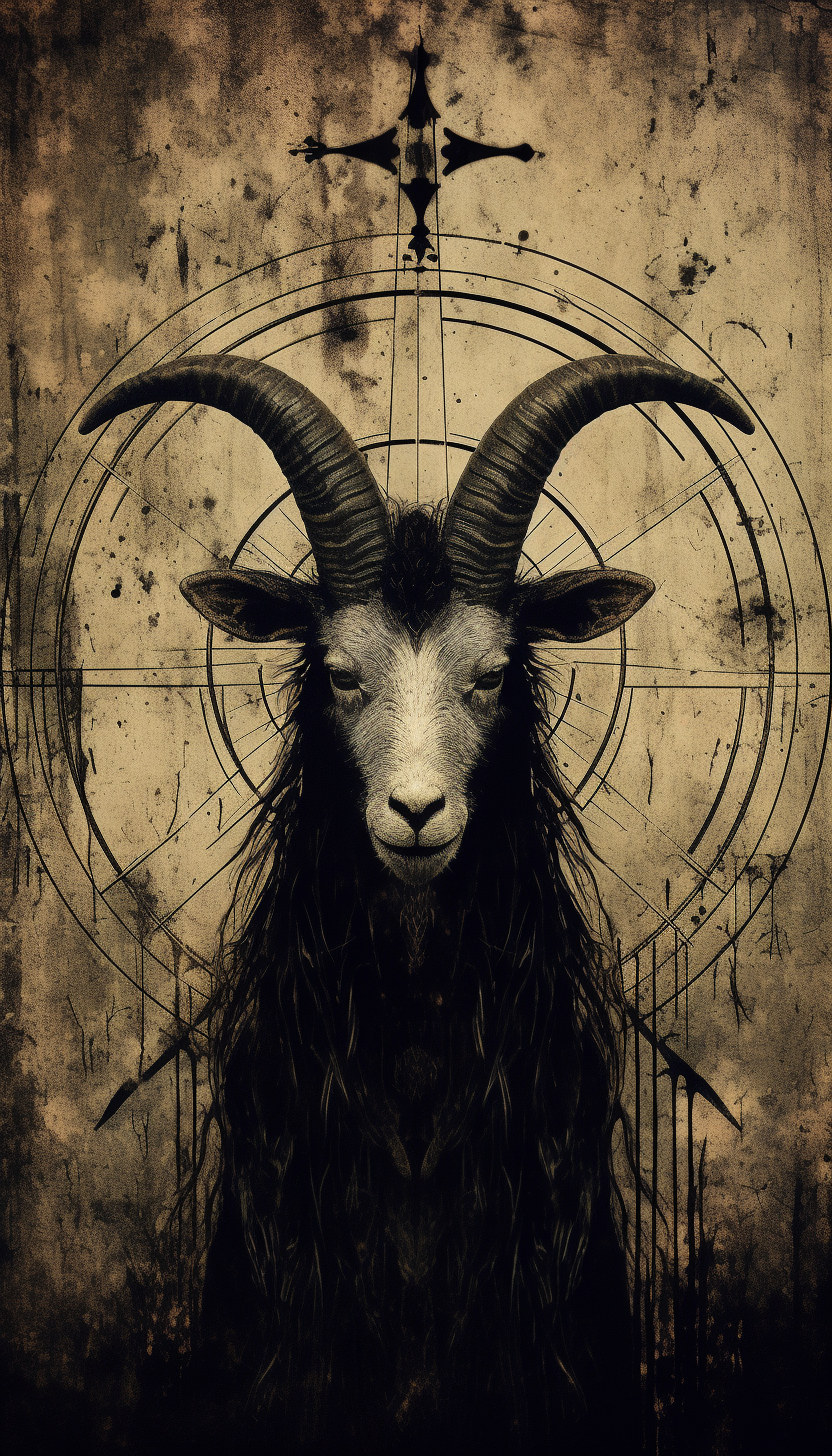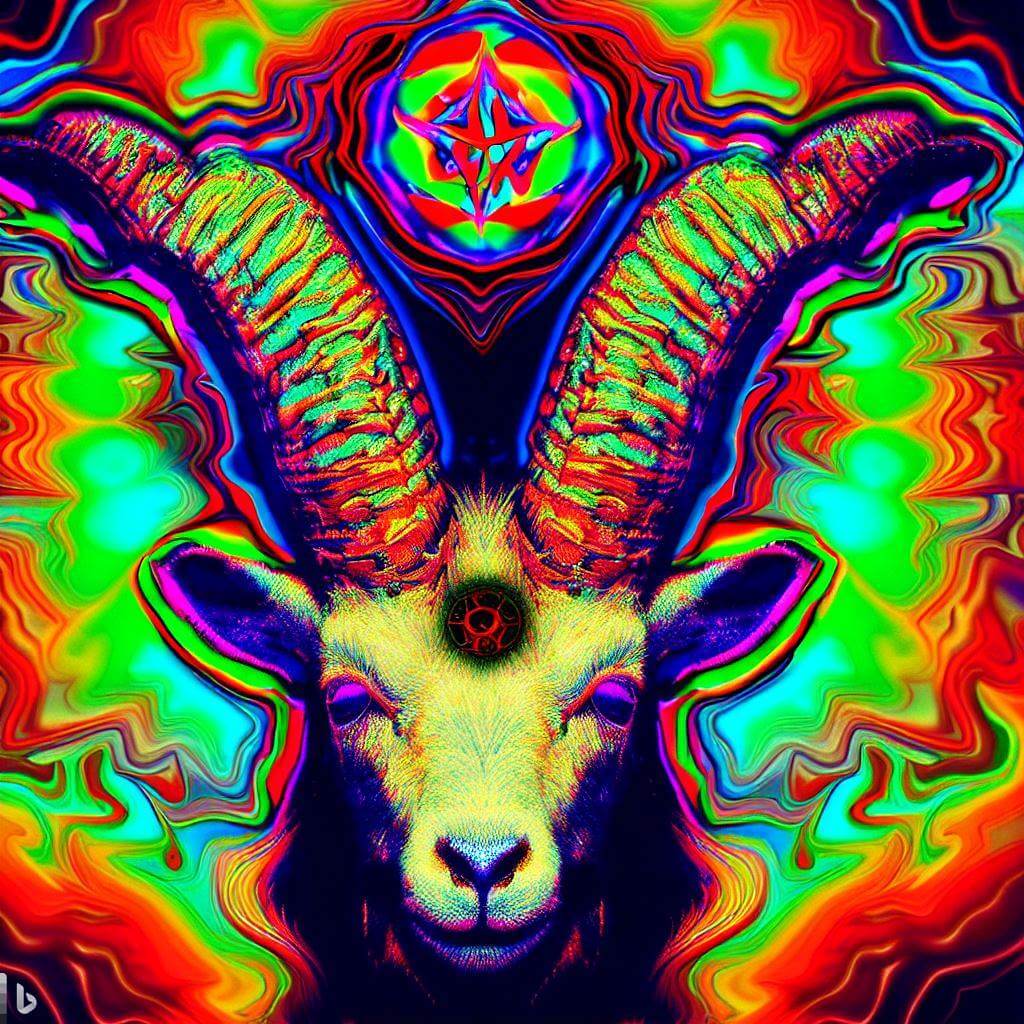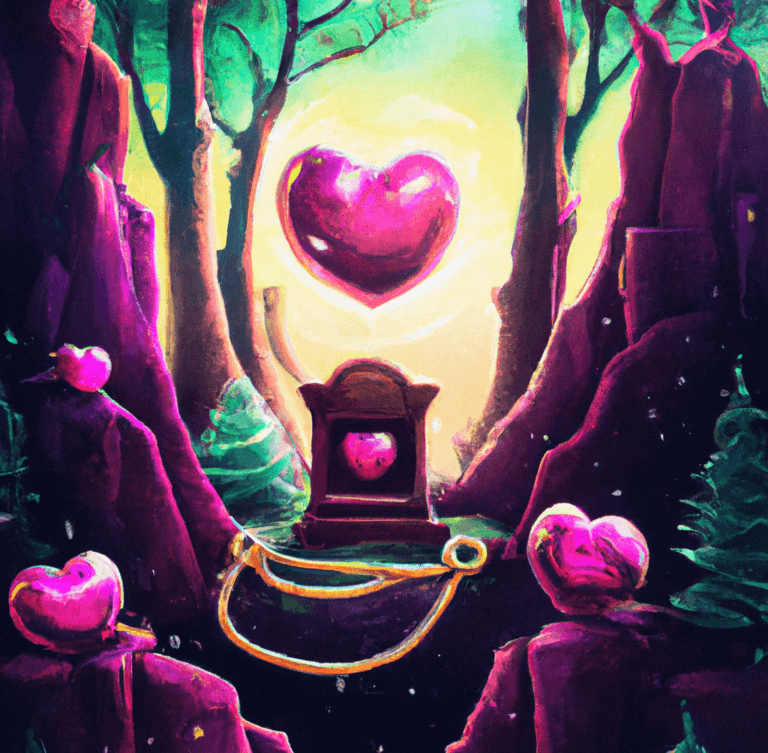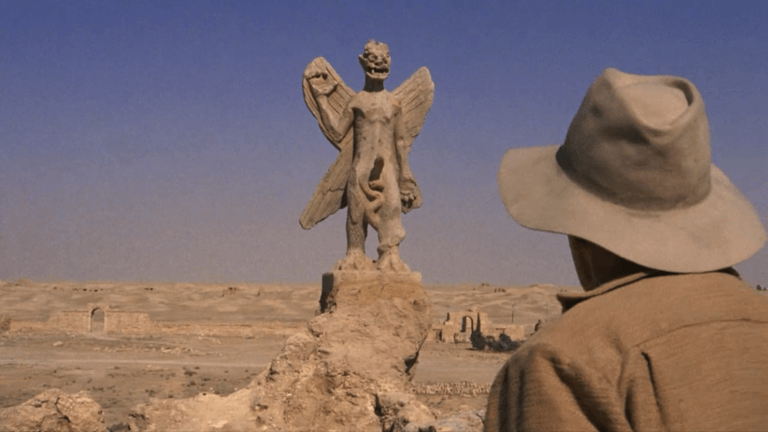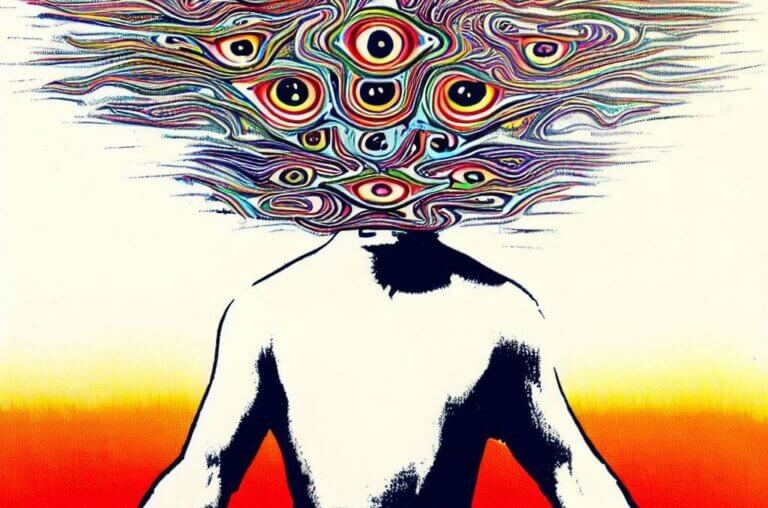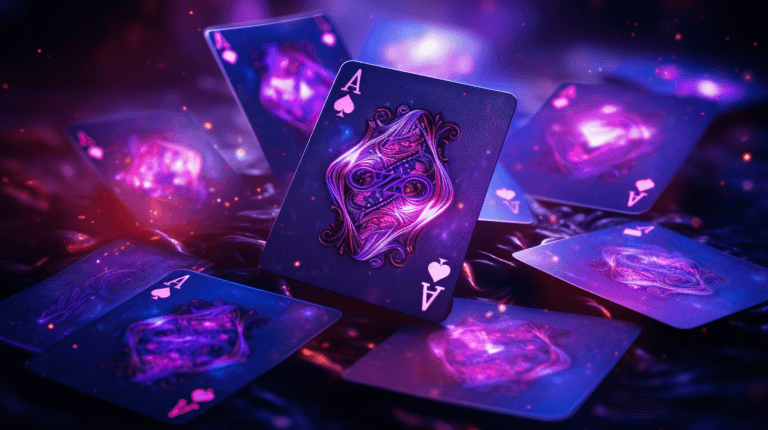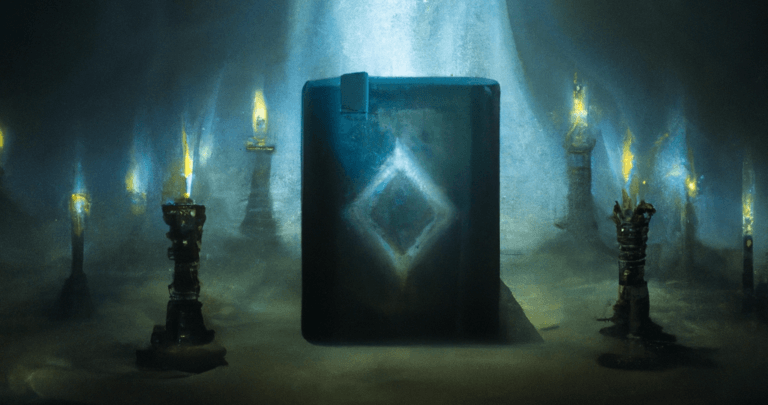Baphomet & The Devil Tarot Card: From Aleister Crowley to Stanley Kubrick
Aleister Crowley, a prominent figure in the occult and esoteric traditions, made significant contributions to the world of tarot through his unique interpretations. One card that particularly fascinated Crowley was the Devil Tarot card. In his exploration of this enigmatic archetype, Crowley drew inspiration from the works of Eliphas Levi, another influential figure in occultism. By examining Crowley’s insights and their connection to Levi’s teachings, we can unravel the hidden symbolism behind the Devil Tarot card.
Aleister Crowley: Master of Occult and Tarot
Aleister Crowley (1875-1947), an English occultist, writer, and ceremonial magician, left an indelible mark on the realm of tarot. Known as “The Great Beast” and the founder of Thelema, Crowley’s fascination with tarot led him to create the Thoth Tarot deck, renowned for its depth and esoteric symbolism. Crowley’s interpretation of the Devil Tarot card is a testament to his unique perspective on the occult.
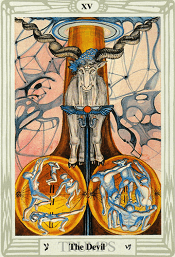
Eliphas Levi: An Influence on Crowley’s Work
Eliphas Levi (1810-1875), a French occultist and author, significantly influenced Crowley’s understanding of esoteric philosophy. Crowley drew upon Levi’s teachings, incorporating them into his own tarot interpretations. Levi’s book “Transcendental Magic” explores the mysteries of the occult, including tarot symbolism.
The Devil Tarot Card: A Gateway to Hidden Meanings
In the traditional Rider-Waite Tarot deck, the Devil card depicts a demonic figure with bat wings, holding chains that bind two naked individuals. However, Crowley delved deeper, interpreting the Devil card as a potent symbol of liberation. His perspective encourages individuals to embrace their desires and instincts, freeing themselves from societal constraints.
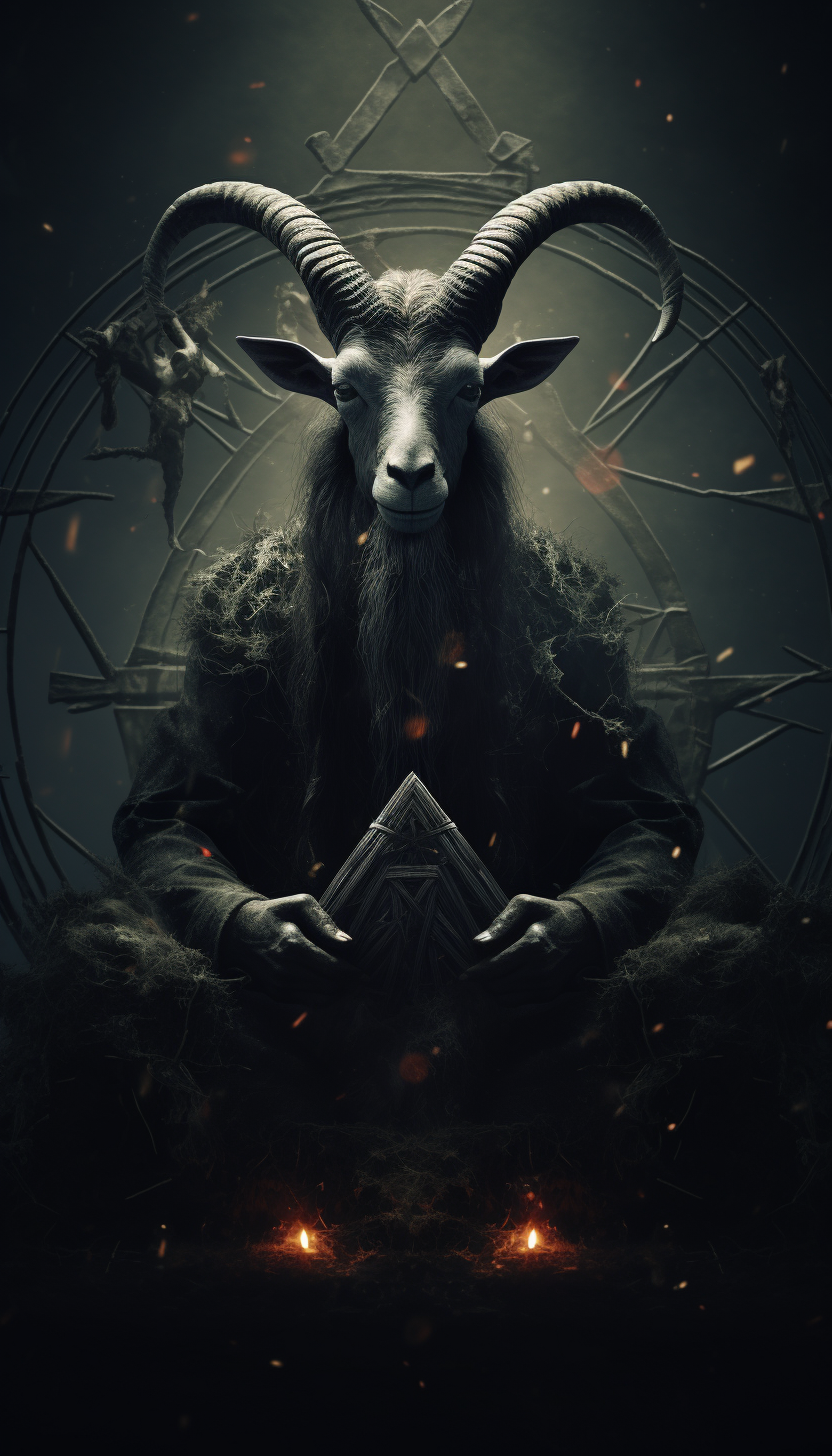
Crowley’s Tarot Symbolism: Liberating the Self
According to Crowley, the Devil card symbolizes the divine spark within humanity and the power of individual will. By acknowledging and exploring our darker aspects, we unlock hidden potential and gain a deeper understanding of our true selves. Crowley emphasized that liberation could only be achieved by confronting and integrating these aspects into our conscious awareness.
Levi’s Influence on Crowley’s Interpretation
Levi’s concepts on the relationship between good and evil greatly influenced Crowley’s understanding of the Devil card. Both saw the Devil as a necessary force, representing the primal energies that drive human existence. Crowley expanded on this idea, viewing the Devil as an agent of self-discovery and personal transformation. The Devil became a symbol of untamed passions, urging individuals to embrace their desires responsibly.
The Baphomet Connection
Levi’s iconic illustration of Baphomet, a hermaphroditic figure associated with occult mysteries, also influenced Crowley. The symbolism of Baphomet can be linked to the Devil card, representing the merging of opposing forces and the balance between light and darkness. This connection further reinforced Crowley’s interpretation of the Devil card as a catalyst for spiritual evolution.
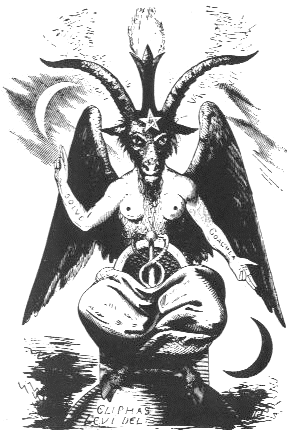
Baphomet is a deity that first appeared in the 19th century as a symbol of occultism and mysticism. It is often depicted as a half-human, half-goat figure, with wings, a horned head, and both male and female characteristics. The image of Baphomet has been associated with various esoteric traditions and secret societies, most notably the Knights Templar.
Stanley Kubrick’s use of Baphomet in The Shining
In the final scene of Stanley Kubrick’s iconic film “The Shining,” the image of Baphomet makes a brief and enigmatic appearance, adding an extra layer of mystery and symbolism to an already eerie and thought-provoking movie. While the film is primarily known for its psychological horror elements and its exploration of madness and isolation, the inclusion of Baphomet introduces a deeper occult theme.
In “The Shining,” the image of Baphomet appears for only a split second, making it almost subliminal and easy to miss upon first viewing. It is shown during the final sequence, where the camera zooms into a framed photograph from the 1920s. In that photo, Jack Torrance (played by Jack Nicholson) is seen standing amidst a crowd of people, seemingly happy and content. However, upon closer inspection, Baphomet can be seen in Jack’s pose, with the woman seemingly what? Lighting him on fire? At any rate, he stands out as a symbol of darkness and hidden knowledge.
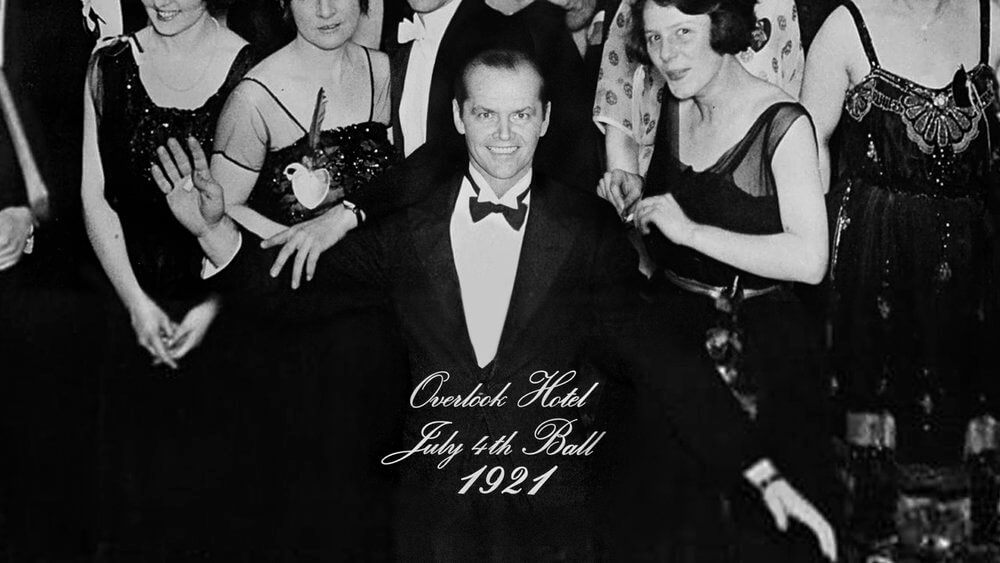
The inclusion of Baphomet in this scene can be interpreted in several ways, adding to the film’s overall ambiguity and leaving room for speculation. One possible interpretation is that it represents the influence of dark forces and occult powers that have haunted the Overlook Hotel throughout the narrative. The hotel is portrayed as a place with a dark history, where past atrocities and evil deeds have occurred. Baphomet’s presence could suggest that the hotel itself is a vessel for these sinister energies, and Jack Torrance becomes a vessel for their manifestation.
Moreover, the image of Baphomet in “The Shining” aligns with Kubrick’s penchant for incorporating hidden symbolism and subliminal messages in his films. Throughout his career, Kubrick was known for his meticulous attention to detail and his use of visual cues to convey deeper meanings. The inclusion of Baphomet, albeit fleetingly, can be seen as another example of Kubrick’s desire to provoke thought and engage the audience in deciphering the film’s underlying themes.
Conclusion
Aleister Crowley’s exploration of the Devil Tarot card, influenced by Eliphas Levi’s teachings, revealed a profound and transformative interpretation. Crowley viewed the Devil as a symbol of personal liberation and self-discovery, encouraging individuals to embrace their desires and confront their shadow aspects. Through the works of Levi, Crowley uncovered deeper layers of esoteric wisdom, offering seekers a profound glimpse into the human psyche and the path towards self-realization.
